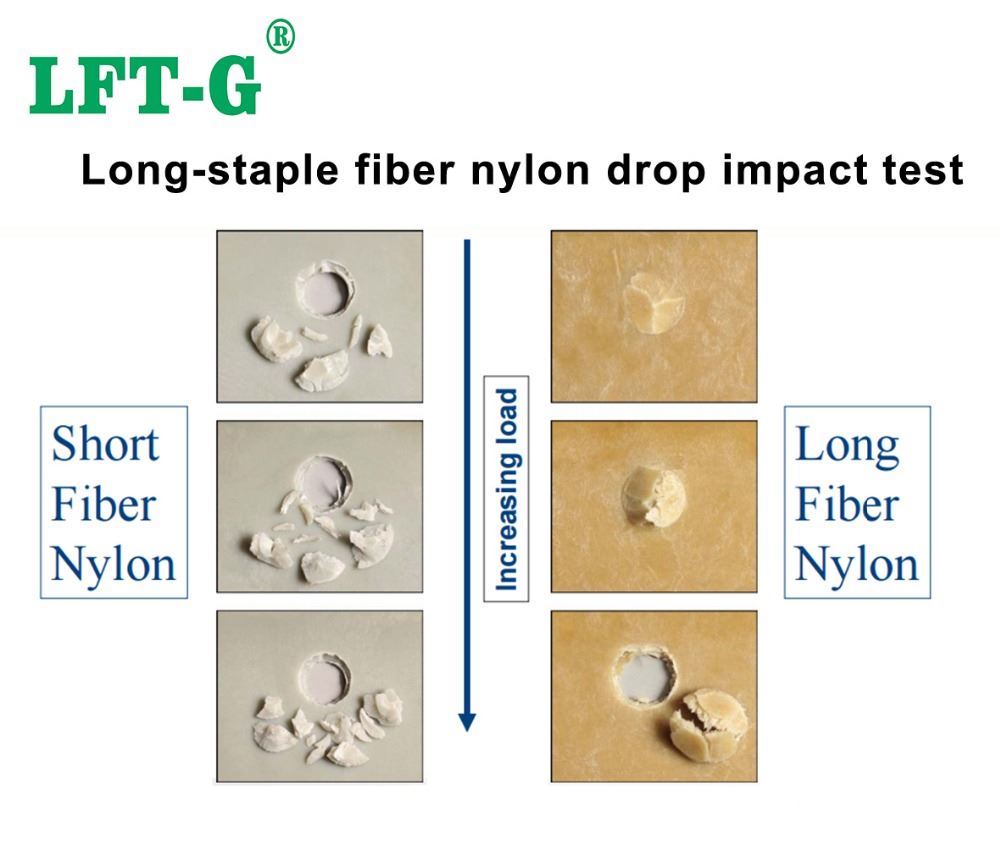item no.:
PPS-NA-LCF30Payment:
T/T or L/C (other payment ways also can be diproduct origin:
Xiamen, ChinaColor:
Original color (also can be customized)shipping port:
Xiamen, ChinaLead Time:
7-15 days after shipmentThe introduction of PPS
Specialty engineering plastics PPS has excellent performance, its molecular structure is relatively simple, the main chain of the molecule by the benzene ring and sulfur atoms are arranged alternately, a large number of benzene ring to give PPS with rigidity, a large number of sulfur ether bonds and provide flexibility.
PPS has the advantages of hard and brittle, high crystallinity, flame retardant, good thermal stability, high mechanical strength and excellent electrical properties. It is the product at the top of the plastic pyramid.
Why PPS fiiling Long carbon fiber?

Polyphenylene sulfide (PPS) modified with glass fibers, carbon fibers, and other materials increases the electrical conductivity, thermal conductivity, heat resistance, abrasion resistance, high strength, hydrolysis resistance, and other material characteristics. Thus, the formation of a special engineering plastics according to the unique features.
Long fiber composite material is the most important feature is to have the original material does not have superior performance, if you join the length of the reinforcing material to be classified, it can be divided into: long fiber, short fiber and continuous fiber composite materials.
In the composite material made of fibers is sheared or pulled, the fibers are pulled out from the matrix, such a pulling process is conducive to the absorption of energy provided by the loading, the longer the fibers are within a certain length, the greater the absorption of energy, and the more significant its strength. And in the same volume amount, due to the longer the single fiber, the fewer the number of fiber roots, the less stress concentration generated at the fiber end, the more difficult the destruction of the material. From the results of the feedback of practical applications, the various properties of long carbon fiber reinforced thermoplastic composites are more excellent than those of short fibers.
In addition, carbon fiber reinforced composites in the friction process, the fiber body plays an important role in lubrication, long distance carbon fiber can be much more sustainable, stable lubrication, so the coefficient of friction is lower, less wear, and the formation of finer abrasive debris. Due to such advantages, long carbon fiber reinforced thermoplastic composites are not afraid of high frequencies and loads, and perform much better in practical applications.

Datasheet of PPS-LCF for reference

Application of PPS-LCF

Packing details

Choose us
Xiamen LFT composite plastic Co., Ltd. has advanced production equipment and testing instruments, professional technology research and development team, rich production experience, perfect management system; after many years of technical accumulation, developed a long-fiber modified multi-series products, and accumulated a full range of material solutions, to provide customers with free technical support.
